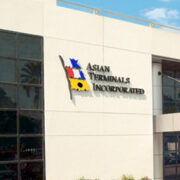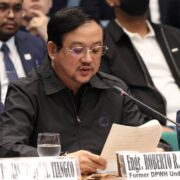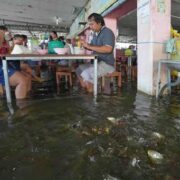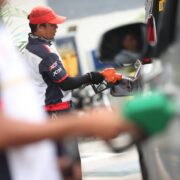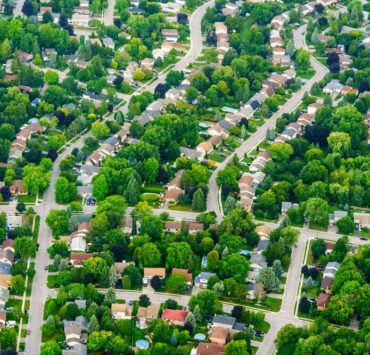How Villar City is shaping the South’s economic core
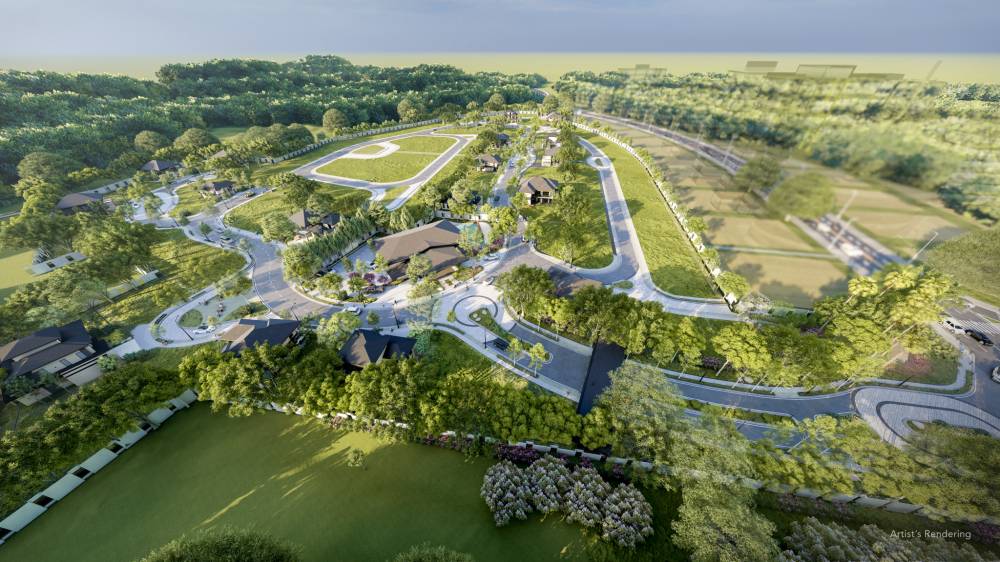
Metro Manila’s next growth story is being built in the South.
And nowhere is this shift more visible—or more deliberate—than in Villar City, a 3,500-hectare development spanning 13 cities and municipalities that’s redefining how the metropolis expands.
More than a typical mixed-use development, this emerging megacity is being designed as a self-sustaining economic ecosystem that can complement Metro Manila’s established business districts. Its strength lies in system design: a network of distinctive districts that translate urban planning into livability and productivity.
Built like an economy
Each district in Villar City performs a defined role within a single, interconnected economy—a structure that functions more like economic architecture built around flow, access, and efficiency. These districts offer offices, commercial spaces, parks, cafes, leisure hubs, as well as residential developments.
At the cultural and retail front, for instance, is the Evia Lifestyle district, which blends commerce with experience, turning consumption into community. Emporia serves as the commercial and logistics engine of Villar City, powering trade, mobility, and enterprise across the Southern corridor.
Meanwhile, the University Town (UTown) district, which will host the University of the Philippines Dasmariñas campus, anchors the academic and innovation ecosystem of Villar City. It is expected to serve as an emerging center for learning and collaboration that feeds talent directly into the city’s growing industries.
UTown also has premium residential developments including the 7-ha Elara, a low density village offering 62 prime lots ranging from 200 sqm to 600 sqm. Also launched this year was UTown’s inaugural high rise, the 25-story Novus Prime Residences, which touts a “learn-live-lead” philosophy.
Individually, all these districts are complete but collectively, they form a network, where the movement of people, goods, and ideas fuels livability and growth.
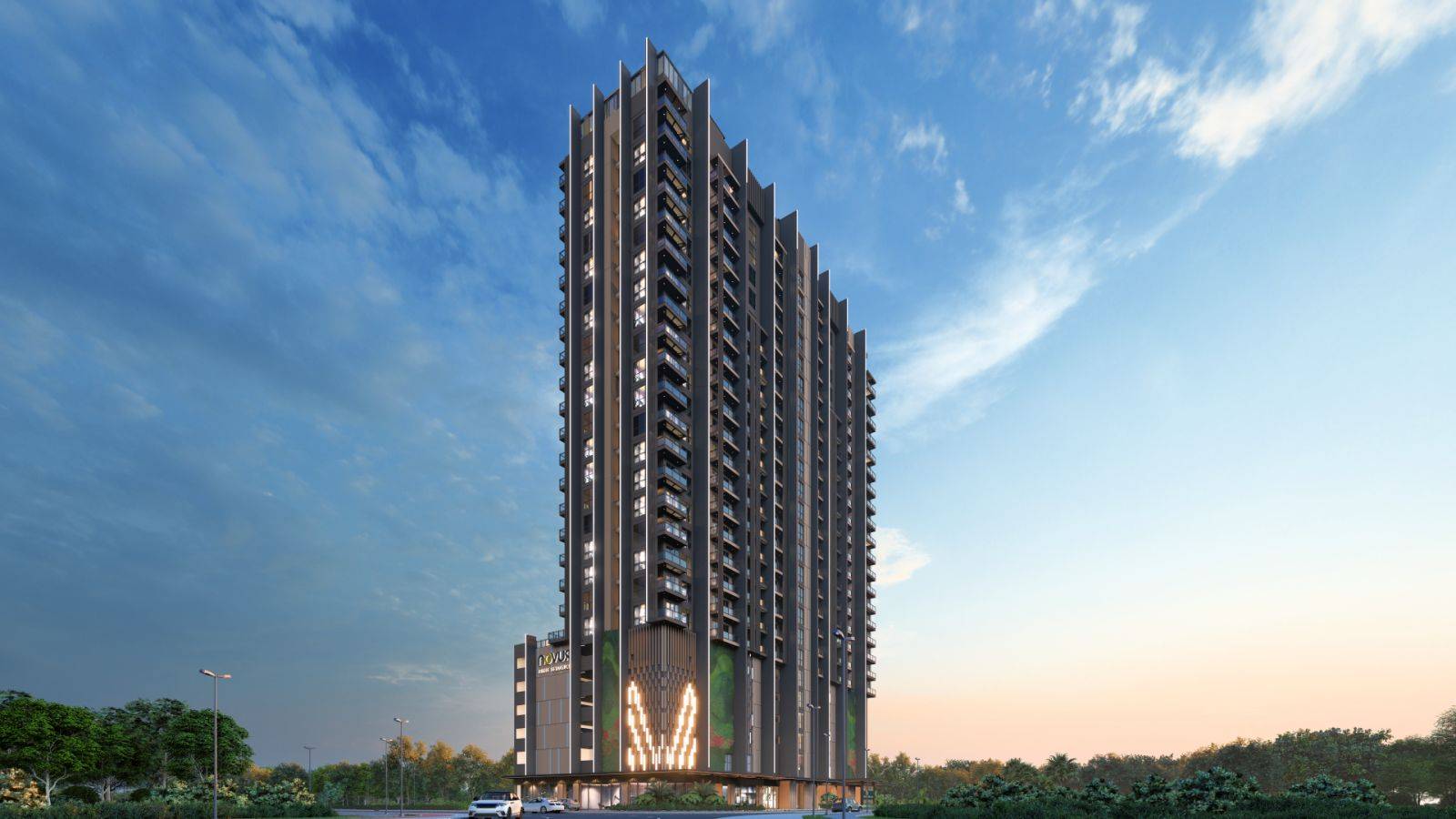
Infrastructure as first principle
At the core of that network is infrastructure, the foundation on which its economy will stand.
Villar City’s backbone includes its main artery, Villar Avenue, the Muntinlupa–Cavite Expressway (MCX), and the forthcoming transport extensions that will integrate with the Cavite-Laguna Expressway and the broader Southern corridor.
All these roads will serve as the megacity’s economic lifelines that can turn once-sleepy suburbs into connected, thriving districts. These will essentially help shape the South into a place where learning, logistics, retail, and recreation all thrive side by side.
Leisure as an economic multiplier
But Villar City’s idea of connectivity goes further than transport—it’s also about how people connect through activity and shared experiences.
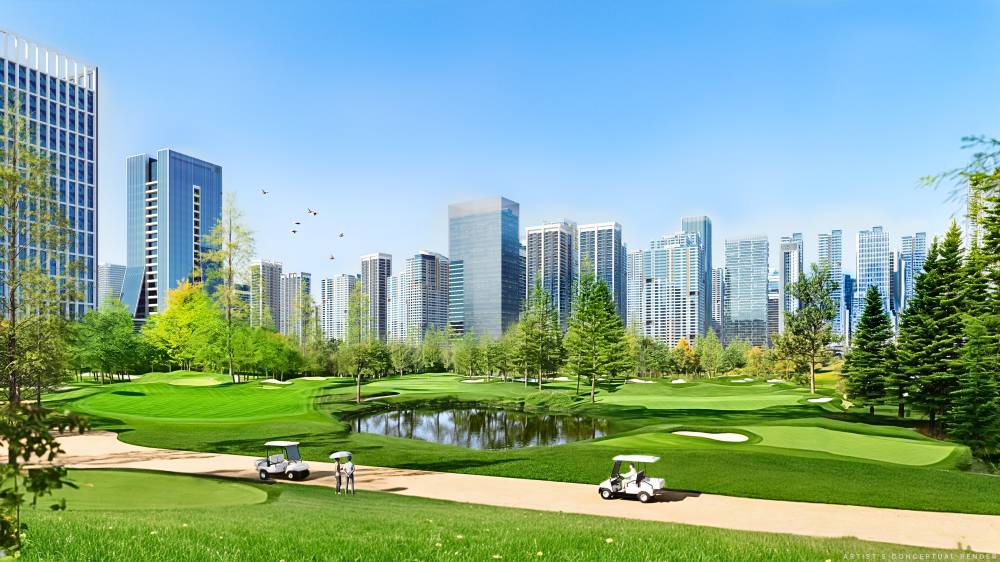
Villar City will soon be home to the 30,000-sqm Stadium at Villar City, which will have courts, fields, and a 3,000-seat football arena. Also rising within this megacity is the 18-hole championship golf course designed by Curley-Wagner Golf Design, which is seen to anchor a new wave of hospitality, sports tourism and experience economy.
Earlier, the Philippine Archery National Team even chose Villar City as its official training camp given the conducive environment it offers—accessible, quiet, and modern. This reflects Villar City’s larger vision of turning recreation into a real economic force.
Essentially, Villar City treats leisure as a strategic economic sector, much like in global cities, where recreation also drives investment and engagement.
The new South lifestyle
All these elements come together to define what’s fast emerging as the new South lifestyle—a way of living that’s balanced, connected, and future-ready.
Here, work, leisure, and home can thrive alongside one another. A family can have kids studying at UTown, while parents work at Emporia. They can unwind at Evia or at the cafes, and spend weekends in the open parks or at world-class sports venues—all within the same city grid. Mobility feels seamless and quality of life becomes a measurable advantage.
And that balance signals something bigger: a shift in how urban centers evolve, and where the next wave of growth is coming from. Makati CBD led that transformation in the ’70s and ’80s, while Bonifacio Global City followed in the 2000s.
Today, Villar City is being positioned as that next act of urban evolution, one that offers a modern city, a new possibility and a bright future.

